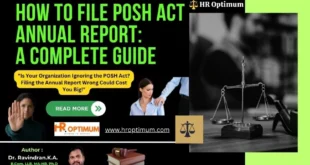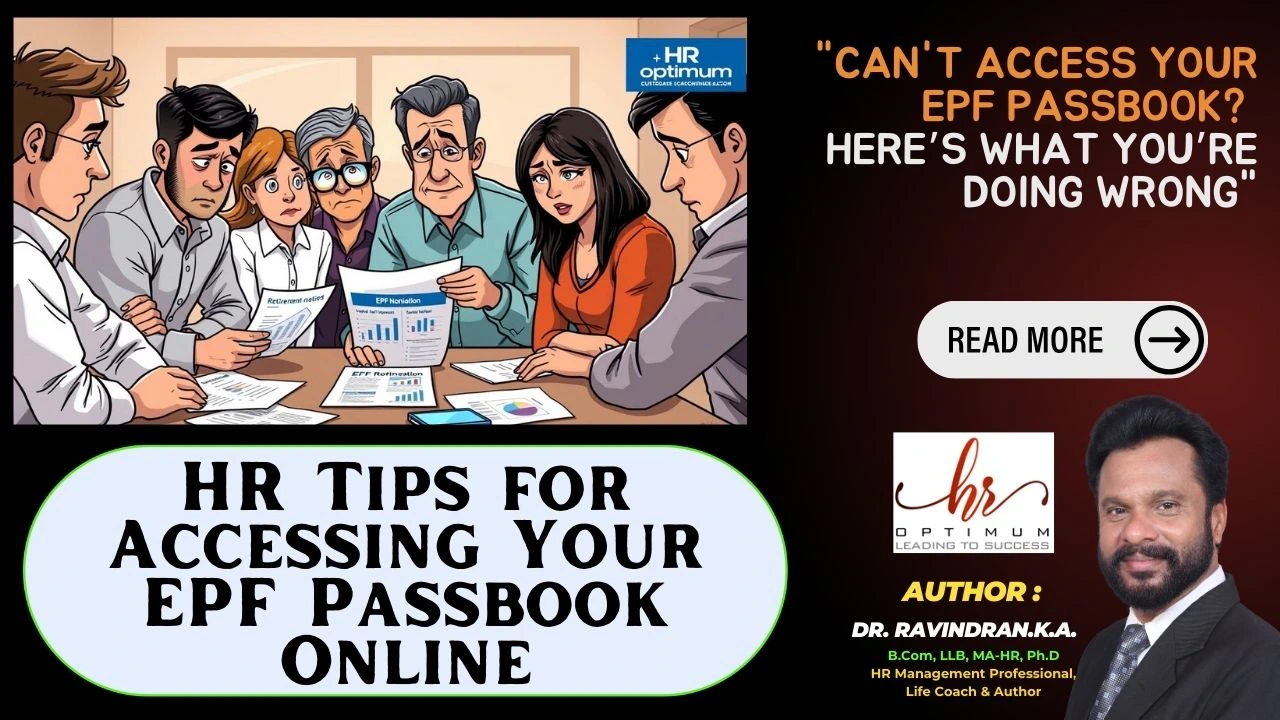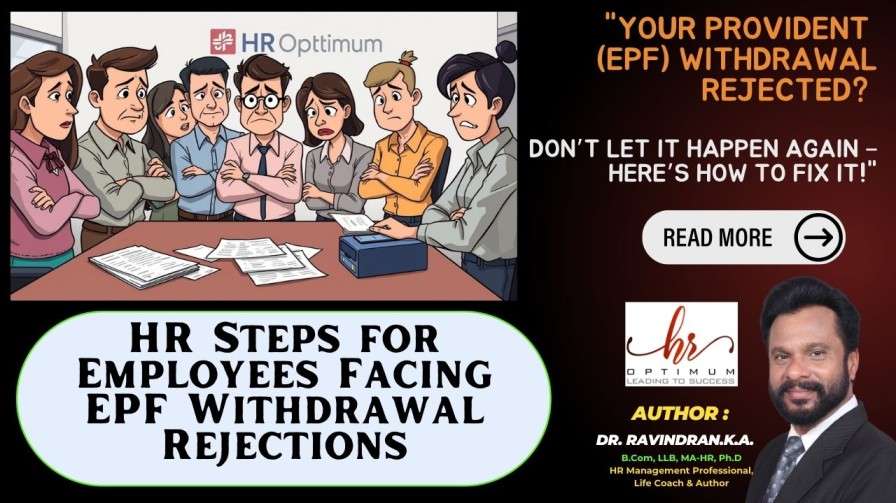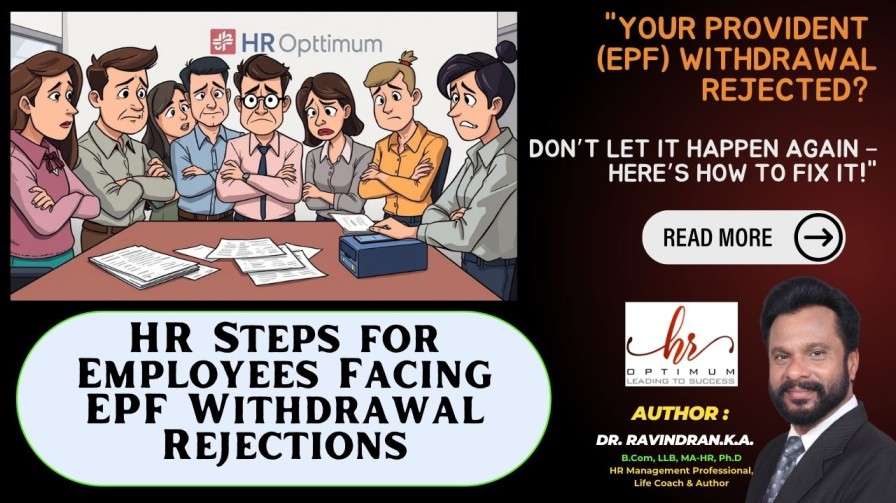Are you an employer in India? Struggling with Employee Provident Fund – EPF? This guide will show you the EPF’s complexity. It will help you keep your employees financially safe.
The EPF helps provide security to Indian workers. It’s key to note that EPF compliance is important for you. You need to follow the rules to take care of employees. Let’s explore the rules, contributions, and benefits of EPF. This will help you deal with your HR duties effectively.
Key Takeaways
- EPF is a must for employees’ financial safety after retirement.
- Employers should put in 12% of the employee’s basic salary into EPF.
- Workers also add 12% of their salary to their EPF account.
- This fund grows with interest, giving a good amount for retirement.
- Companies must join the EPF scheme and add their employees quickly.
Introduction to Employee Provident Fund (EPF)
The Employee Provident Fund (EPF) is a retirement scheme created for employees. It ensures financial security and retirement benefits. This makes it a key social security scheme for India’s workforce.
Definition and Purpose of EPF
Through the EPF, both employers and employees put in a part of the employee’s basic salary. This is to build a retirement corpus for employees. It helps them have financial support in their later years.
Applicability and Statutory Provisions
The EPF is managed under the Employees’ Provident Fund Scheme, 1952, and the Employees’ Provident Funds and Miscellaneous Provisions Act, 1952. It applies to places with 20 or more workers. But smaller workplaces can join in too. Companies must follow the EPF regulations and the Employees’ Provident Fund Scheme if they come under these rules.
EPF Contributions: Obligations and Calculations
Being an employer, it’s key to know about EPF contribution requirements. This knowledge ensures you follow all laws and rules. Employers must add 12% of their workers’ basic wages, along with dearness and retaining allowances, to the EPF fund.
Employees, on the other hand, contribute the same percentage from their own salaries. This deduction is vital. It helps save for retirement, making for a smooth and employee compliance process.
The EPF contribution calculation uses specific wages. Currently, this wage is capped at Rs. 15,000 a month. Both sides contribute 12% of these earnings. This joint effort benefits the employee’s future savings and financial safety.
| EPF Contribution Elements | Contribution Rates |
|---|---|
| Employee’s Provident Fund (EPF) | 3.67% |
| Employee’s Pension Scheme (EPS) | 8.33% |
| Employee’s Deposit Linked Insurance Scheme (EDLIS) | 0.50% |
| EPF Administration Charges | 1.10% |
| EDLIS Administration Charges | 0.01% |
Getting EPF contribution rules right helps employers be regulation compliant. This ensures employees get the retirement benefits and financial security they deserve.
Employee Provident Fund (EPF) Benefits and Withdrawals
The Employees’ Provident Fund (EPF) helps employees save for retirement. It includes money from both them and their employer, plus interest. This fund is key for a secure retirement and financial stability.
Retirement Benefits and Corpus
The EPF retirement savings come from what employees and employers both put in over the years. As these funds grow, they become a great way to build wealth and plan for retirement. It’s all about putting money aside that will grow over time.
Employee Withdrawal Rules and Circumstances
When in need, employees can take out EPF funds for things like leaving their job, not having a job, or if they’re sick. The rules allow for taking out some or all money, which helps meet different financial needs. This doesn’t hurt the money set aside for retirement.
Tax Implications of EPF Contributions and Withdrawals
Contributions and the money earned within EPF are mostly tax-free, but only if you follow the rules. If you withdraw early, you might have to pay some taxes. Still, EPF is a smart way to save money since it’s good for your taxes and for planning your future.
EPF Compliance for Employers
It’s crucial for employers in India to follow the Employee Provident Fund (EPF) rules. This starts from epf employer registration to epf employee enrollment and monthly epf compliance reports. HR teams need to understand hr compliance to keep up with the EPF regulations.
Registration and Enrollment Processes
Employers need to sign up with the Employees’ Provident Fund Organisation (EPFO) and add their eligible workers in time. This step meets the EPF rules and makes sure employees get their benefits.
Monthly Reporting and Deposit Requirements
It’s important that employers report and pay epf monthly reporting on time through the EPFO portal. Keeping epf contribution deposit records accurate and sending reports when they’re due is key. This helps avoid penalties and keeps employer compliance.
EPF Audits and Inspections
The EPFO does checks to confirm employers are following EPF rules. Employers need to keep detailed records. They should be ready to show they’re following the EPF rules during these checks.
EPF Online Services and Initiatives
The Employees’ Provident Fund Organisation (EPFO) leads in going digital. It aims to make epf online services better for employers and employees. The EPFO has brought in many epf digital initiatives to make things simpler and more efficient for everyone.
Digital Initiatives and Online Portal
The epf online portal by EPFO has made things easier. It lets you do things online like sign up, check your e-passbook, and move EPF money around. These epf digital initiatives have cut down on paperwork and made life better for both workers and their employers.
Universal Account Number (UAN) System
Epf online services include the epf uan system. This system lets workers keep one universal account number forever, regardless of where they work. The UAN makes epf account management easy and shifts PF money without any hassles, which makes things smoother for all.

Conclusion
Employers in India must follow the Employee Provident Fund (EPF) rules. This ensures they are legally correct and keep their workforce safe financially. If employers learn about EPF rules, how much to contribute, and the benefits, they can do their part.
Using the EPFO’s online tools to keep track of EPF rules is smart. It makes following the rules easier and clearer. This way, employers do right by the law and show they care about their workers’ future.
Following EPF rules is not just good for employees’ future money. It also shows that a company is caring and values its workers. By supporting EPF, companies in India can help their workers get the benefits of this financial savings plan for later years.
FAQ
What is the Employee Provident Fund (EPF) and what is its purpose?
The Employee Provident Fund (EPF) is important in India for helping employees save for their future. It’s a retirement savings scheme that all workers and their employers pay into. This scheme was set up by the government in 1952.
Which establishments are covered under the EPF Act?
If an establishment has 20 or more workers, they must be part of the EPF. But even if a place has fewer staff, they can join the scheme if they want.
What are the employer and employee contribution requirements for EPF?
Employers contribute 12% of what their employees earn to the EPF. Employees also contribute 12% of their salary. This money goes into a savings fund for the employee’s retirement.
How are EPF contributions calculated?
The EPF contributions are based on the employee’s salary, up to Rs. 15,000 a month. Both the employer and employee put in 12% of this towards the EPF fund.
What benefits does the EPF provide to employees?
The EPF helps employees save for when they retire. It includes the money employees and their employers put in, plus interest. This becomes a big savings nest egg for retirement.
Under what circumstances can employees withdraw their EPF funds?
Employees can take money out of their EPF for retirement, when they quit their job, if they’re out of work or for emergencies. They can fully or partially withdraw their savings, which helps during different times of their life.
What are the tax implications of EPF contributions and withdrawals?
Money put into the EPF and the interest it earns are usually not taxed, as long as certain rules are followed. But, if you take money out early, you may have to pay some taxes. Despite this, EPF is a good way to build your financial future.
What are the key compliance requirements for employers under the EPF Act?
Employers need to sign up with the EPF office and add their workers. They have to regularly pay into the EPF account and stay ready for checks to make sure they’re following the rules.
What are the key features of the EPF’s online services and initiatives?
The EPF has made many services available online to make it easier for everyone. You can register, check your account online, activate a universal number for lifelong use, and easily move your EPF savings when you change jobs.
 Hroptimum Leading to Success
Hroptimum Leading to Success






